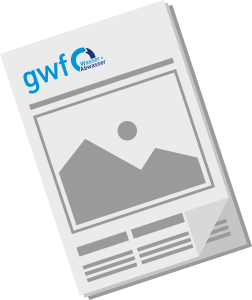The EEA assessment ‘Contaminants in Europe’s seas’ is the first attempt to map contamination in Europe’s regional seas in a consistent manner and check the trends in long‑established hazardous substances. The assessment is based on publicly available monitoring data, primarily collected in the context of the Water Framework Directive and the Marine Strategy Framework Directive.
The report shows that all four regional seas in Europe have a large-scale contamination problem, ranging from 96% of the assessed area in the Baltic Sea and 91% in the Black Sea, to 87% in the Mediterranean and 75% in the North-East Atlantic Ocean. The coverage of the assessed area is mostly good, but it varies considerably between the four seas and remains limited in the offshore waters of the Mediterranean Sea.
Overall, contamination is declining in all four seas, though the insecticide DDT appears to be at best stabilising in the Mediterranean Sea. The concentrations of some well-known contaminants, such as cadmium and mercury, appear to be declining but in many areas not enough to meet agreed thresholds.
The EEA report compares the information to seven international policy objectives related to contamination in the marine environment, showing that all the seven objectives remain unlikely to be met by 2020-2021. This includes the descriptor on contaminants that is part of the Marine Strategy Framework Directive’s goal of achieving good environmental status in Europe’s regional seas.
The way marine pollution is addressed needs to change profoundly, the report states. For example, many persistent substances remain in marine ecosystems, so avoiding their use in the first place is essential for reaching long‑term policy commitments.
The report on contaminants is the first in a series of upcoming EEA assessments on the marine environment. It will be followed by assessments on eutrophication, marine biodiversity, potential combined effects of multiple human pressures, sustainable use, and marine protected areas as well as the second edition of the EEA Marine Messages report (first edition published in 2014).
The EEA assessment ‘Contaminants in Europe’s seas’ can be found here.
Text source: European Environment Agency
EEA report: European seas remain contaminated
Kategorie: Sonstiges
Thema: Water Solutions
Autor: Jonas Völker
Das könnte Sie auch interessieren:
Passende Firmen zum Thema:
Publikationen
Sie möchten die gwf Wasser + Abwasser testen
Bestellen Sie Ihr kostenloses Probeheft
Überzeugen Sie sich selbst: Gerne senden wir Ihnen die gwf Wasser + Abwasser kostenlos und unverbindlich zur Probe!







